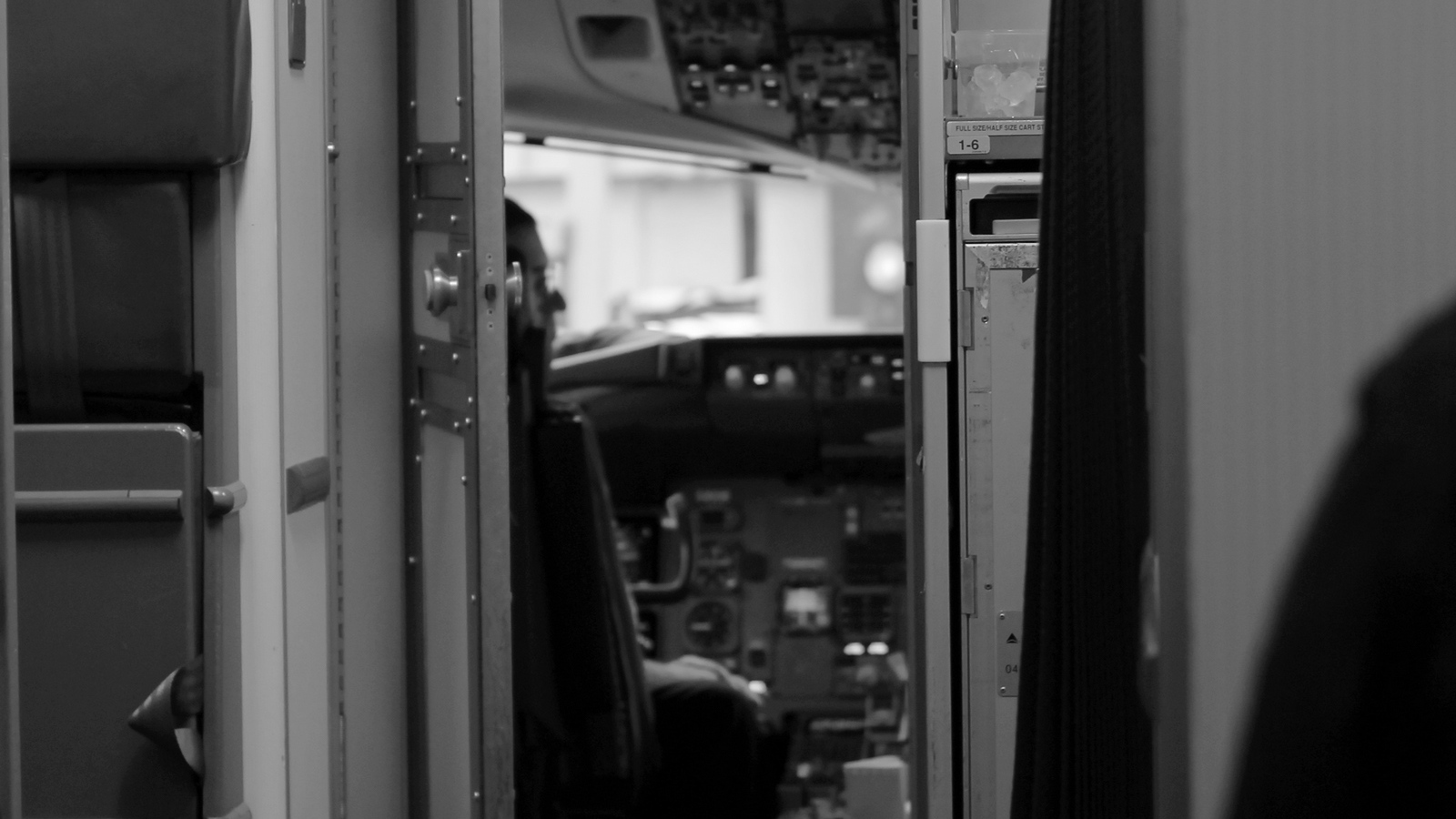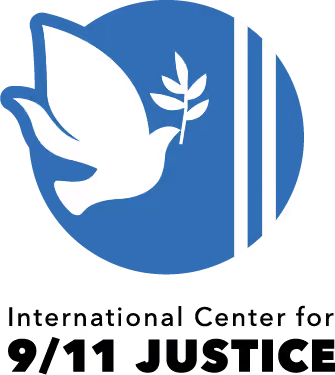Mr. Taylor objects to one of the ten reasons given on the IC911.org website to doubt the official story of the 9/11 crimes. Specifically, his objection is with the first of the ten reasons, which briefly states:
It is exceedingly improbable that all eight pilots on the four airliners would have failed to enter the universal hijack code into their transponders and that all eight pilots would have either given up control of the aircraft or been incapacitated without first performing a violent flight control maneuver to thwart an invasion of the cockpit.
The central claim of Taylor’s objection is that there is a standard operational difference between “traditional hijackings” in which the hijackers always announce their intentions prior to any attempt to take over the plane, and “martyrdom” hijackings in which the hijackers always forcibly attempt to “incapacitate and/or kill the pilots” without any announcement. Taylor gives no reference for his central claim distinguishing between these types of hijackings other than tangential excerpts from the 9/11 Commission Report and the 9/11 Commission Staff Report.
It must be said that the 9/11 Commission Report (Report) is widely regarded as a cover-up and there are many good reasons to believe that to be the case. However, disregarding this fact Taylor fails to include in his objection parts of the Report that do not support his hypothesis. This excerpt from my October 2011 essay notes some of these problems.[1]
The 9/11 Commission did not explain how any of the alleged hijackers entered the cockpits of any of the four hijacked planes.
With regard to Flight 11 the Commission stated, “We do not know exactly how the hijackers gained access to the cockpit (p 5)” and, “FAA rules required that the doors remained closed and locked during the flight.” Based on a recording attributed to flight attendant Betty Ong, the Commission report speculates that they might have “jammed their way in.” One problem with this hypothesis is that the act of breaking down the locked cockpit door would certainly have given the professional flight crew plenty of time to enter the four-digit hijack “squawk code” into the transponder. This is a simple, standard operating procedure which the crew was trained to follow but none of them accomplished.
Yet another problem is that, according to the story, Atta and his co-conspirators disagreed with the “jamming” hypothesis. The report states that Atta “had no firm contingency plan in case the cockpit door was locked” and “he was confident the cockpit doors would be opened and did not consider breaking them down to be a viable idea (p 245).” These were, apparently, very bold and optimistic hijackers who walked onto the plane assuming that normal operating procedures would not be followed and who did not have any kind of back-up plan in case they were wrong.
For Flight 175, the Commission report does not describe how the alleged hijackers got into the cockpit nor does it even mention that this first critical step in a hijacking was omitted from the explanation. Similarly, for Flight 77 and Flight 93, the alleged hijackers just appear in the cockpit and in control of the aircraft. As with Flight 11, all three crews failed to follow the simple procedure to squawk the hijack code.
What makes this even less believable is that the Commission admits that Flight 93 received and acknowledged a warning (although not from the FAA Command Center) to secure the cockpit four minutes before the hijacking began. This means that 37-minutes after the third plane was hijacked, and 25-minutes after the second plane crashed into the WTC, the crew of the fourth plane allegedly could not secure its cockpit or enter the hijack squawk code despite having four minutes warning that hijackers might try to break in.
These facts and admissions by the 9/11 Commission make evident that the alleged hijackers had improbable plans for cockpit entry and that the aircraft crews were given more than enough time to enter the hijack codes. It’s clear that it is exceedingly improbable that all eight pilots on the four airliners would fail to do so.
Taylor states that for “traditional” hijackings, pilots are trained to pursue a peaceful solution first and he uses related statements to imply that this means that pilots might be willing to give up control of the aircraft without a fight. As Lt. Col. David Gapp states in his testimony linked at the IC911.org website, this is not true. Even the 2003 document referenced by Taylor, from the International Federation of Airline Pilots, makes clear that in any hijacking the pilots are trained to ensure that “Control of the aircraft remained with the pilots.” The document referenced goes on to make speculative claims that are not supported by the facts, for example incorrect assumptions about fuel load and emotionally charged claims about the alleged hijackers’ intentions. But the bottom line is that airline pilots would never willingly give up control of their aircraft to hijackers, no matter what the circumstance.
This brings us to the question of whether one or more of the alleged hijacker teams, after suddenly appearing in the cockpits, could have suddenly and violently overwhelmed the pilot crews. What we know is that the alleged hijackers were identified as security risks, possibly linked to al Qaeda, when they tried to board. We also know they were not sufficiently trained to pilot small aircraft and they were not physically imposing, with all 5 and a half feet tall or less and slender in build.[2] Additionally, according to a report by The Guardian that refers to FBI statements, most of the alleged 9/11 hijackers did not know they were going to die that day.[3]
More importantly, the pilots of the hijacked aircraft on 9/11 were not just average airline employees. They were all highly trained military officers and war veterans with physical stature and training in violent confrontation.[4] The expectation among those who knew Charles Burlingame, for example, the pilot of Flight 77 and graduate of the U.S. Navy’s SERE [Survival Evasion Resistance Escape] school, was that no one could have taken over his plane without an intense struggle. Khalid al-Mihdhar, who as many now know was one of the two alleged hijackers supported by both the FBI and CIA prior to the attacks, was said to be the leader of the “muscle hijackers” and to serve as the muscle on Flight 77. Perhaps the CIA trained him to overcome SERE-trained military officers but, apart from that possibility, it is exceedingly improbable that the small, slender alleged hijackers could have physically overwhelmed all the highly trained military officers flying all the planes.
Prior to 9/11, U.S. authorities anticipated and planned for suicide hijackings. Taylor casually points to the Bojinka plot of 1995 which was focused on hijacked airliners being flown into buildings including the Pentagon and the WTC. FBI director Louis Freeh testified to the 9/11 Commission that exercises of a similar nature were conducted prior to the 1996 Atlanta Olympics. More importantly, NORAD had practiced 28 hijack exercise events, many of them suicide missions, in the 20 months leading up to 9/11. At least six of these were focused on hijackings located entirely within the Unites States.[5] Therefore, suicide hijackings were expected and were not, as Taylor suggests, a surprise to anyone.
In summary, the pilots of the hijacked aircraft were warned about possible suicide hijackings and had more than sufficient time to enter the hijack code into their transponders. Additionally, they were highly trained military officers who were more physically competent than the alleged hijackers and would not have given up control of their aircraft for any reason, much as Lt. Col. Gapp has testified. Given these facts, the first reason to doubt the official account of 9/11 given on the IC911.org website remains valid—it is exceedingly improbable that all eight pilots of the hijacked aircraft would not squawk the hijack code and would be easily overwhelmed by the small, slender alleged hijackers who arrived that day without much of a plan to take over the aircraft.
Endnotes
- The 9/11 Commission Claims That “We Found No Evidence,” Kevin Ryan, October 30, 2011, https://digwithin.net/2011/10/30/no-evidence
- History Commons Complete 9/11 Timeline, https://web.archive.org/web/20191114065626/http://www.historycommons.org/context.jsp?item=a851hijackerstakeover#a851hijackerstakeover
- Attackers did not know they were to die, The Guardian, https://www.theguardian.com/world/2001/oct/14/terrorism.september111
- Suicide Pilots: The Official Story of the Flight Takeovers, Jim Hoffman, 911Research.WTC7.net, https://www.911research.wtc7.net/planes/analysis/pilots.html
- NORAD’s Coincidental Exercises on 9/11, Kevin Ryan, July 30, 2017, https://digwithin.net/2017/07/30/norad-exercises-911



